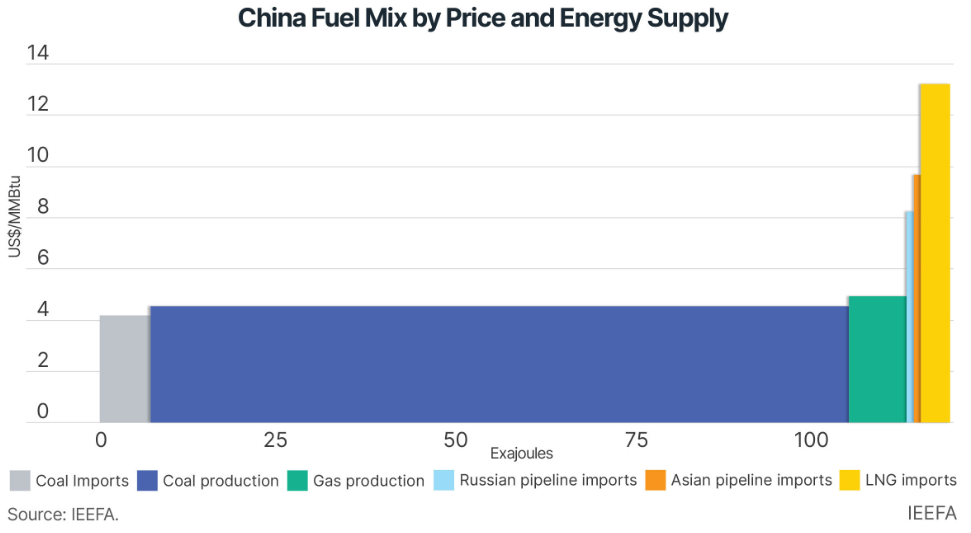This deal is the worst-case scenario for Aussie gas:
The Abu Dhabi National Oil Company’s international investment arm and its partners were given a second extension on Monday to continue conducting exclusive due diligence of Adelaide-based energy giant Santos – more than two months after their non-binding takeover agreement was reached in June.
Santos has critical infrastructure across Australia.
Santos has critical infrastructure across Australia.Credit:Brendan Esposito
If it proceeds, the $US19 billion deal will mark one of the biggest foreign takeovers in Australian history.
However, the bidding consortium last week told Santos it needed more time to secure the internal approvals necessary to proceed to a binding transaction. The unexpected development increased investors’ uncertainty around the future of the deal and sent Santos’s share price tumbling. Santos managing director Kevin Gallagher fielded multiple questions from analysts on a conference call on Monday asking whether Santos believed the revised deadline of September 19 would be met.
Citi is thinking more clearly:
“They want to be a portfolio player in the LNG market … but they need a stake in the ground business to build it around.
“XRG’s target is 20-25 million tonnes and Santos gets them to almost half that number,” Mr Syme told The Australian.
“The reality is they look across their options to get there and there aren’t that many options. That’s kind of the problem. If your goal is I need to put down a stake in the international portfolio business, these big companies have locked up most of it. So how do you get a role in it.”
Mr Syme said domestic gas assets may fall down the pecking order compared with the main LNG game.
“Relative to their stated intention, I think they’re buying them for the LNG portfolio rather than the domestic gas position,” Mr Syme said.
The only way this deal should be approved is if the QLD and NSW gas assets are forcibly divested to the Australian (not the UAE) government.
These assets can be used to form the basis of a public Australian gas company.
This surely makes the conditions too onerous to proceed.
Shifting ownership further from the mistake of overbuilding LNG capacity is a disaster without radical surgery upon the failed East Coast market.
Otherwise, we will be importing our own gas via LNG from China:
China’s LNG import landscape has significantly transformed in recent years.
The pivotal moment occurred in early 2024 when spot LNG prices fell below those of long-term contracts, highlighting a renewed interest among second- and third-tier importers who had previously depended on Chinese national oil companies for their LNG imports. This solidified China’s position as the world’s largest LNG importer and catalyzed a strategic shift among importers toward direct procurement in the spot market.
Even as the import parity turned unfavorable in 2025, with higher domestic gas output and pipeline gas imports weighing on LNG import appetite, Chinese companies retained their interests in spot trading and optimization of term contract volumes.
…More Chinese downstream users are seeking opportunities to sell the cargoes to South Korea and Japan with higher price acceptance to make more profit from their in-the-money term contracts.
China is seeking to compete with Japan in the LNG trading game. Both are overcommitted to LNG import volumes, and it cannot compete domestically.

The Santos takeover is insane for Australian energy security.

